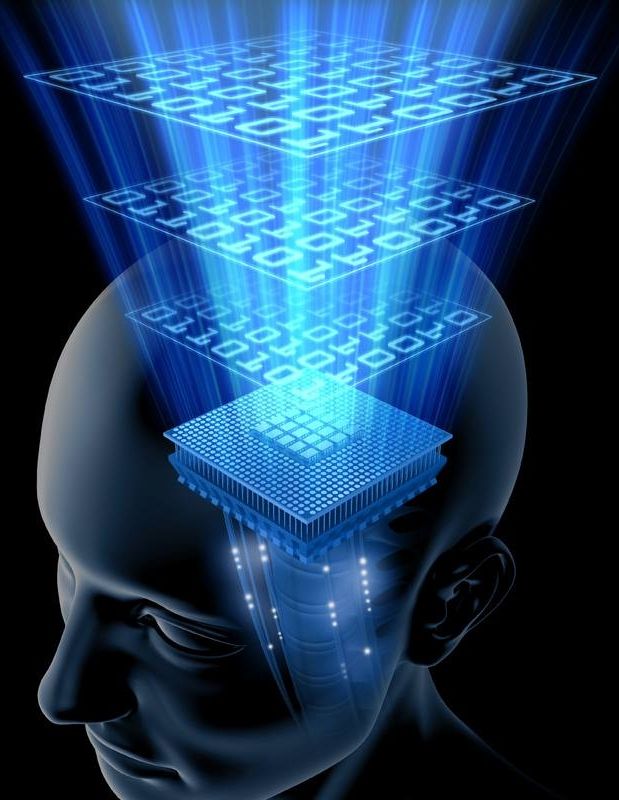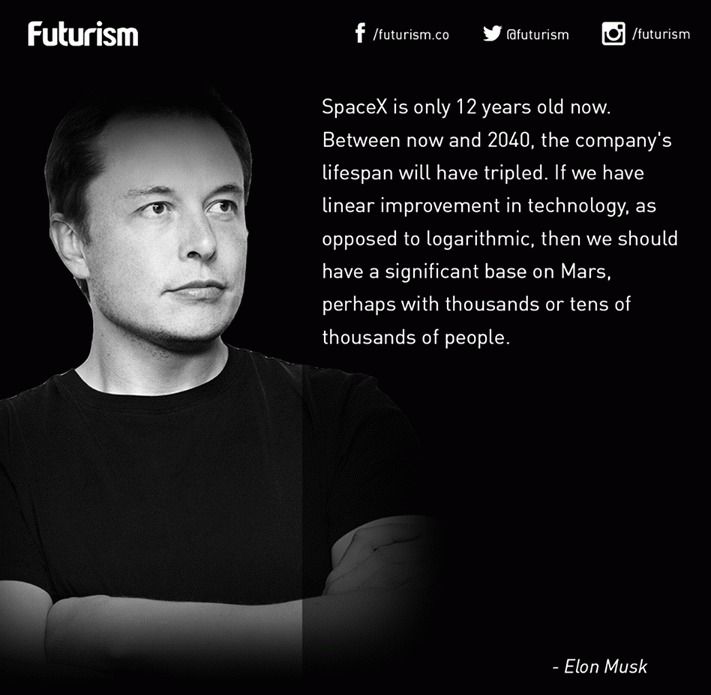
With its nitrogen-dominated atmosphere and water-rich icy surface, Pluto seems much more hospitable than even the most sanguine planetary scientists would have wagered a decade ago. But could it ever play host to an Antarctic-styled research station?
That is, as a base to routinely house researcher/astronauts out to give humans a foothold in the outer reaches of our solar system?
“The notion of a Pluto base figures prominently in the anime ‘Star Blazers’ from my childhood, so it’d be wonderful if there were a good reason for it,” said Gerard van Belle, a research astronomer at Lowell Observatory in Flagstaff, Az., where Clyde Tombaugh discovered the diminutive dwarf planet some 85 years ago.
Read more

















